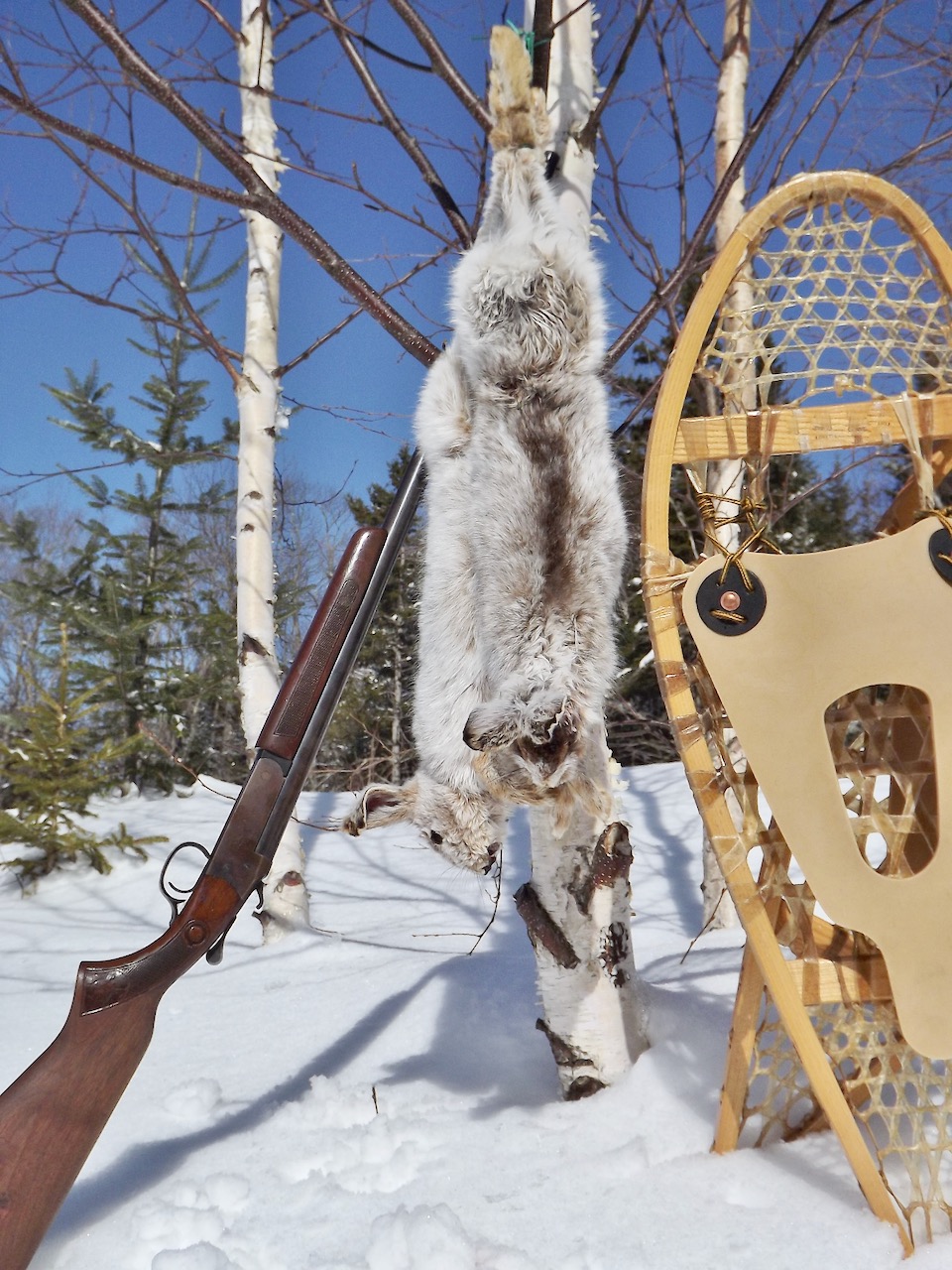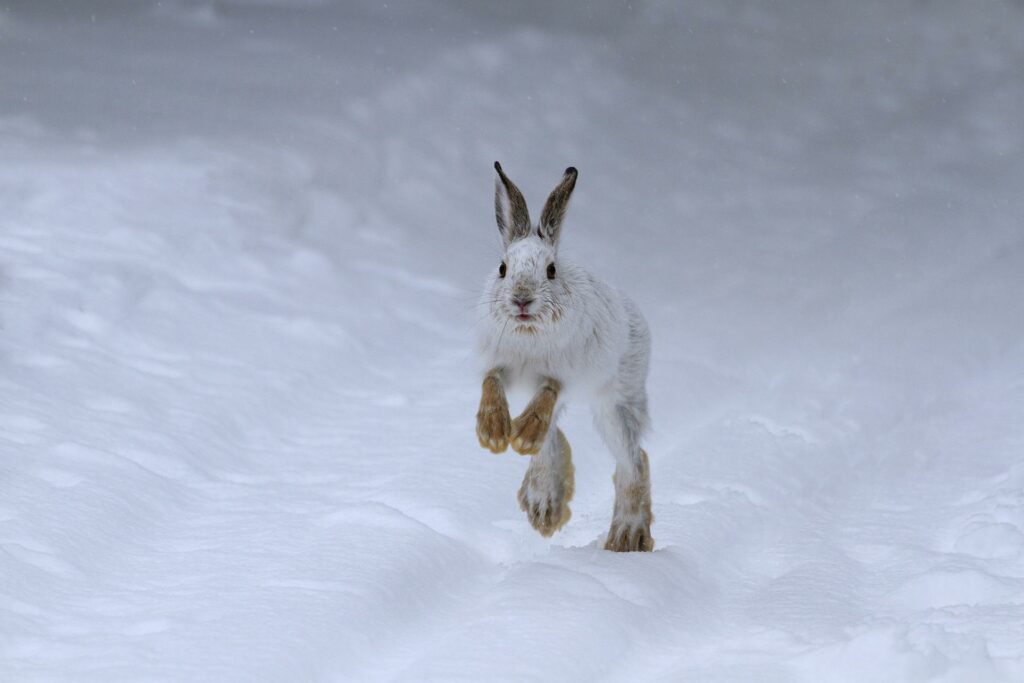HARE BRAINED
From scouting to tracking, a step-by-step approach to hunting southern Canada’s wintertime snowshoes
Advertisement
SOLO HUNTING TACTICS
When hunting alone in agricultural fringe areas, it’s helpful to watch what the weather is doing, and plan accordingly. I often wait until there is a decent snowfall and hunt the morning after it ends. That way, it’s easier to track individual hares based on how fresh their tracks are. If the tracks seem faded and have snow on them, I won’t follow them.
Advertisement
However, if you find tracks crisp enough that you can see the pad marks, they can often be followed straight back to the source. This can be so effective at times that a solo hunter with a scoped .22 can usually take a limit. The key is to slowly follow the tracks, scanning ahead to see exactly where they lead, and watching for any signs of movement—just the flick of an ear will instantly give away a hare’s position. If you spot a snowshoe and it disappears before it’s within range, note the cover you saw it disappear into and find another way in that offers a better shooting opportunity.
If you’re using trail cams, set up on a trail that you know hares regularly use during legal light. Based on the information the photos provide, figure out when you should be in your spot, even if it hasn’t snowed recently and the area is inundated with old hare tracks. Dress warmly and hold tight, as snowshoes are creatures of habit, especially in rural fringe areas—one will eventually come down the trail.


